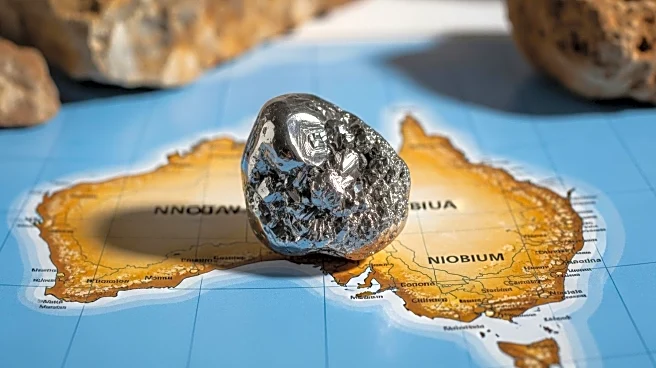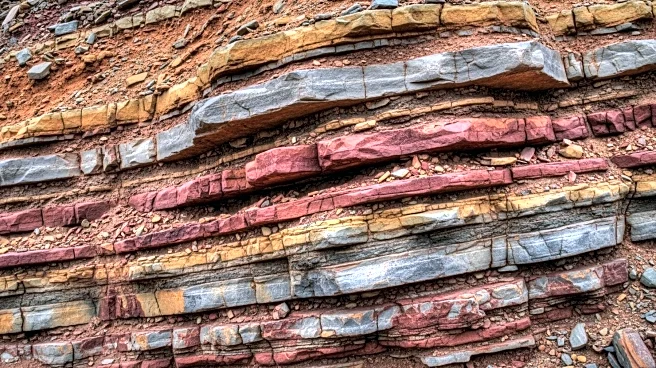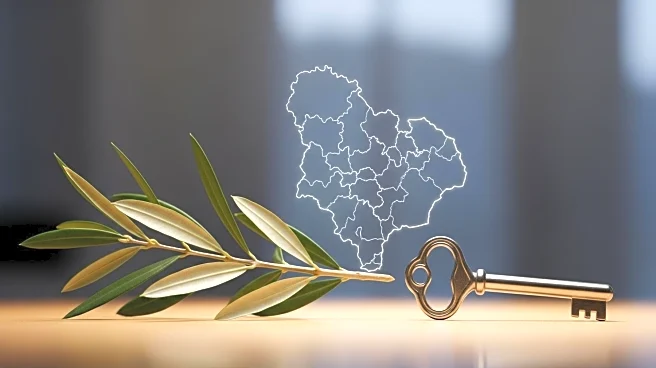What is the story about?
What's Happening?
A study led by Curtin University has uncovered the origins of niobium-rich carbonatites in central Australia, dating back over 800 million years. These deposits formed during the breakup of the ancient supercontinent Rodinia, as tectonic rifting allowed metal-rich magmas to rise through fault zones. The research utilized isotope-dating techniques to trace the geological history of these rare rocks, which are significant for their concentrations of niobium, a metal used in high-strength steel and clean energy technologies.
Why It's Important?
The discovery of these niobium deposits is significant for the mining industry and clean energy sectors. Niobium is a strategic metal essential for producing lightweight, strong materials used in various applications, including aerospace and electric vehicles. Understanding the formation of these deposits can guide future exploration efforts and potentially lead to new mining opportunities. The study also highlights the importance of advanced geochronology techniques in uncovering complex geological histories, which can inform resource management and extraction strategies.
Beyond the Headlines
The research provides insights into the geological processes that create valuable mineral deposits, emphasizing the role of tectonic activity in shaping the Earth's resources. This knowledge can influence exploration strategies and contribute to sustainable mining practices. Additionally, the study underscores the potential for discovering other critical minerals in similar geological settings, which could support the transition to a low-carbon economy.
AI Generated Content
Do you find this article useful?














